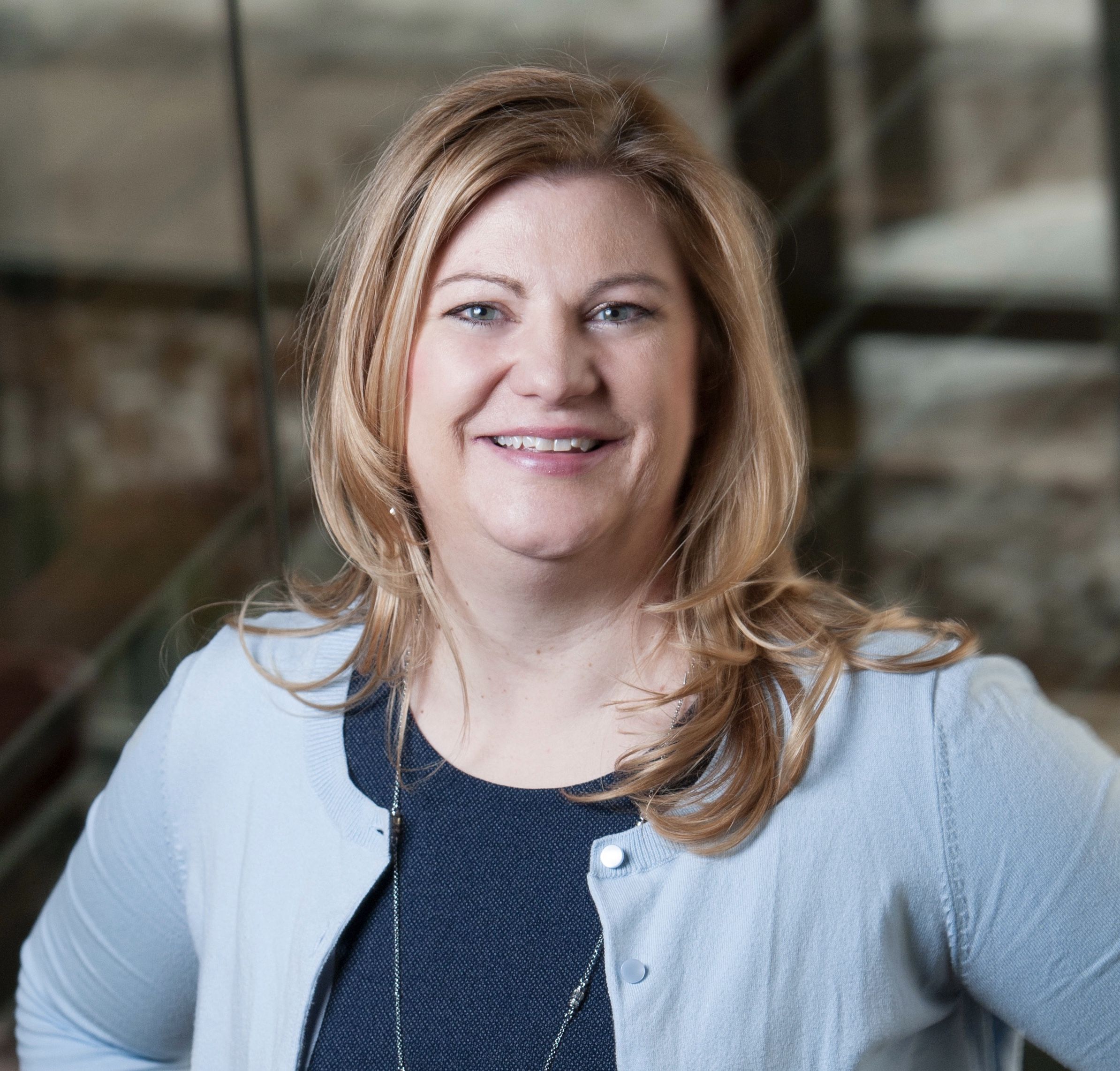
Music therapy in eating disorder treatment
Clinical considerations and applications
Are you working with clients with an eating disorder?
Or are you looking to expand your scope of practice to begin working in this area?
Interested in learning more about this complex condition and how music therapy can help?
Then you're in the right place!
Join the amazing Dr Annie Heiderscheit for an in-depth look at how music therapy methods can be used in eating disorder treatment.
In this comprehensive and easy to watch video Annie explains the causes, effects and complexities of eating disorders and how music therapy can enhance your clients eating disorder treatment.
Promoting a multi-layered approach which looks at the unique needs of clients at different stages of the recovery and treatment process, Annie explores a variety of music therapy methods and discusses their usefulness in eating disorder treatment.
Join us for a fascinating look into this complex condition and how music therapy may be used for clients facing the long journey from eating disorder to recovery.
You can watch Annie's brief rationale for the use of music therapy in eating disorder treatment below...
Your Instructor

Associate Professor Annie Heiderscheit is the Director of Music Therapy at Augsburg University, Minnesota. She has almost 20 years of teaching experience and nearly 30 years of clinical experience as a board-certified music therapist. She has worked in a wide variety of clinical settings including hospitals, eating disorder and addictions treatment programs and actively conducts research in these areas. Her various research projects have garnered nearly $1.75 million in grant funding.
Annie has authored over 20 book chapters on music therapy in eating disorder treatment and other topics. She is the editor of The Creative Arts Therapies in Eating Disorder Treatment and co-authored Introduction to Music Therapy Practice with Dr. Nancy Jackson.
Dr. Heiderscheit serves on the editorial review boards of various peer-reviewed journals including Music Therapy Perspectives, Music and Medicine, and Creative Arts Therapy in China: Research & Practice, and regularly reviews articles for various peer-reviewed journals. She is also the Chair of the Publications Commission of the World Federation of Music Therapy, the editor of Music Therapy Today and is the Vice President of Communications for the International Association of Music and Medicine (IAMM).
Get started now!
Course Curriculum
-
PreviewIntroduction, overview & learning outcomes (5:55)
-
StartPrevalence of eating disorders (7:59)
-
StartEating disorder behaviours & symptoms (9:44)
-
StartComplexities of eating disorders
-
StartMusic therapy in eating disorder treatment: Addressing the complex & diverse needs of clients (7:10)
-
StartExperiential opportunities part 1: Relaxation & Song discussion (6:03)
-
StartExperiential opportunities part 2: Song autobiography, referential improvisation & non-referential improvisation (9:19)
-
StartSummary, extra resources & bonus content activities (6:16)
EARN CMTE/CPD CREDITS
QUICKLY AND EASILY
EARN UP TO 4 CMTE/CPD CREDITS BY WATCHING THE TUTORIAL AND COMPLETING SOME OR ALL OF THE BONUS CONTENT ACTIVITIES.
AFTER WATCHING THE TUTORIAL YOU'LL RECEIVE A CERTIFICATE OF COMPLETION TO EASILY CLAIM YOUR CMTE/CPD CREDITS.



Frequently Asked Questions
For music therapists in the US & Canada this tutorial covers the following CBMT domains:
|
|
|
|
|
| I REFERRAL, ASSESSMENT, AND TREATMENT PLANNING | |||
| A Referral 1. 2. 4. | |||
| B Assessment 1. 2. 7. 8. 10. 12. | |||
| D Treatment Planning 1. 2a. 8. 9. 10. | |||
| III EVALUATION | |||
| A Documentation 3. | |||
| B Evaluation 1. | |||
| IV PROFESSIONAL DEVELOPMENT AND RESPONSIBILITIES | |||
| A Professional Development 1. 2. 3. |

